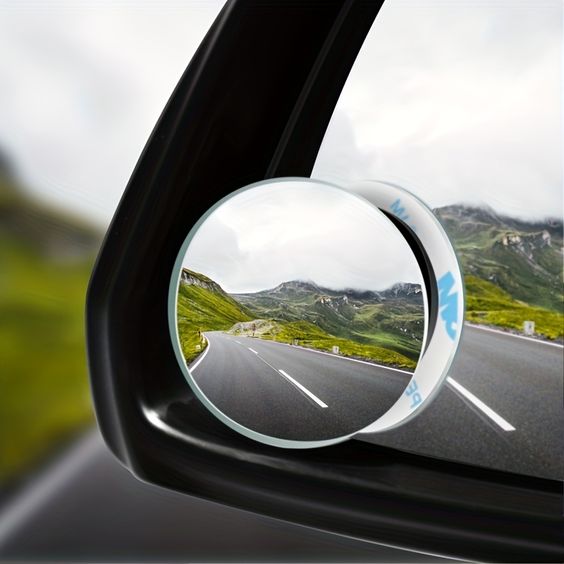Repair instructions
Understanding Side Mirrors: Why Objects May Be Closer Than They Appear
Overview
- The passenger side mirror is a convex type, which creates an optical illusion, making objects appear farther away than they really are.
- In contrast, the driver’s side mirror is flat, providing an accurate reflection without distortion.
- States like Missouri, Nebraska, New Jersey, and New York mandate vehicles to be equipped with both passenger and driver-side mirrors for safety.
Table of Contents
- How Car Mirrors Function
- History of Car Mirrors
- Regulations on Side Mirrors
- Modern Side Mirrors
- Future Innovations in Side Mirrors
- Types of Side Mirrors
- 6.1. Flat Mirrors
- 6.2. Convex Mirrors
- 6.3. Blind Spot Mirrors
- 6.4. Blue Tinted Mirrors
- 6.5. Heated Mirrors
- Correctly Adjusting Side Mirrors
- Key Takeaways
- Safety Reminder: “Objects in Mirror Are Closer Than They Appear”
- Invest in Durable Side Mirrors for Your Vehicle
How Car Mirrors Function
You’ve likely noticed the warning on your passenger side mirror: “objects in the mirror may be closer than they appear.” This is due to the mirror’s convex shape, which distorts the image, causing it to look farther away. In contrast, the driver’s side mirror is flat, giving you a true representation of the road behind you. The curvature of the passenger mirror allows for a wider field of view, helping reduce blind spots, but can lead to misjudging distances.
A Brief Background on Car Mirrors
The concept of side mirrors dates back to 1911, when Ray Harroun installed one on his Marmon race car. The first patent for a side mirror was granted to Elmer Berger in 1921. Initially, mirrors were mounted on fenders or door frames, but by the 1960s, they became standard as multi-lane highways increased in popularity.
Traffic Rules on Side Mirrors
While a vehicle can technically operate with damaged or missing mirrors, visibility is crucial for safety. Several states require both side mirrors, as they help drivers see up to 200 feet behind their vehicle. Regulations vary by state, with some allowing a rearview mirror as a substitute.
Modern Side Mirrors
Today’s side mirrors are no longer just plain reflectors. Advanced technology has led to features like the Blind Spot Information System (BLIS), which uses sensors to help drivers monitor blind spots. Innovations such as lane departure warnings and parking sonar have also enhanced safety, though some argue these could encourage complacency in driving.
The Future of Side Mirrors
The automotive industry is exploring camera-based side mirrors, which could replace traditional mirrors, pending regulatory approval. These systems promise improved aerodynamics, fuel efficiency, and reduced noise, offering a modern solution to mirror technology.
Types of Side Mirrors
Various side mirror types cater to specific needs:
- Flat Mirrors: Used on the driver’s side, providing a true-to-size reflection.
- Convex Mirrors: Found on the passenger side for wider visibility but with distance distortion.
- Blind Spot Mirrors: Small additional mirrors that help cover blind spots.
- Blue Tinted Mirrors: Reduce glare from oncoming headlights.
- Heated Mirrors: Equipped with heating elements to clear fog and frost.

Proper Side Mirror Adjustment
Correctly adjusted side mirrors are vital for optimal visibility. Depending on your vehicle, you can adjust them manually or via a control switch. Ensure both mirrors provide a clear view of the road and a portion of your vehicle’s profile.
The Bottom Line
Driver and passenger side mirrors serve distinct purposes: the driver’s mirror offers an accurate view, while the passenger mirror provides a wider perspective but may distort distances. Always remember the warning about distance perception when changing lanes or maneuvering your vehicle.
Safety Reminder: “Objects in Mirror Are Closer Than They Appear”
The warning on passenger side mirrors is a crucial safety feature. It serves as a reminder to drivers about the potential for misjudging distances, urging vigilance on the road.
Invest in Durable Side Mirrors for Your Vehicle
Whether from minor accidents or environmental factors, side mirrors can easily sustain damage. If your mirrors are cracked or broken, it’s essential to refrain from driving until they’re replaced to ensure your safety and that of others on the road.
